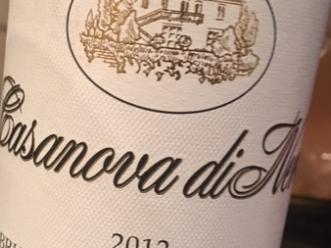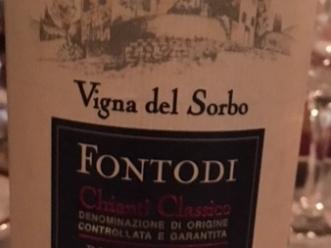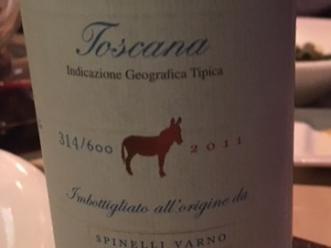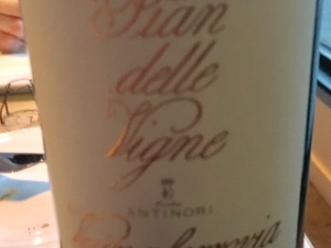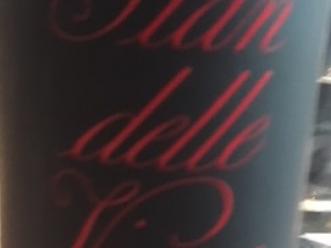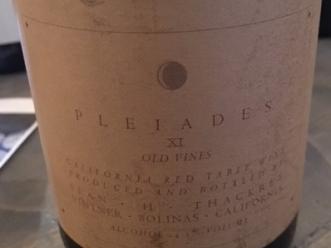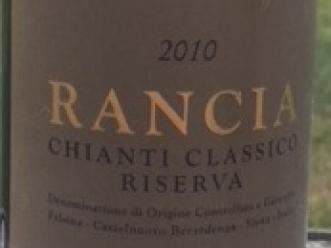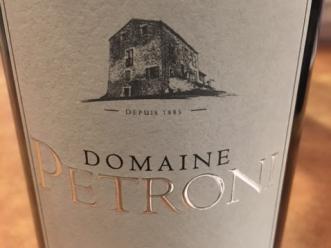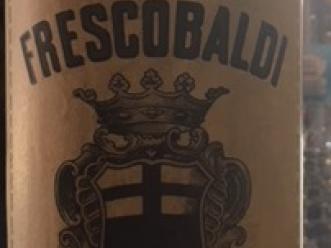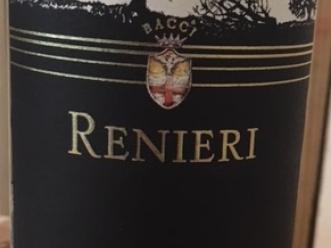2012 Casanova di Neri Brunello di Montalcino, Italy, Tuscany, Wine Review
This was drinking quite well although it has years left. Purple in color, ruby at the rim. The nose is very nice with black cherries, cedar, chocolate and cigar box. On the palate, this is youthful but ageing well. Layers of cherries, black cherries and tobacco. A nice back bone of acidity. Good finish. This can be drunk along but shines with food. Obviously Italian food but really a wide variety. Probably about 5 years from peak and should be there for 8 to 10.

